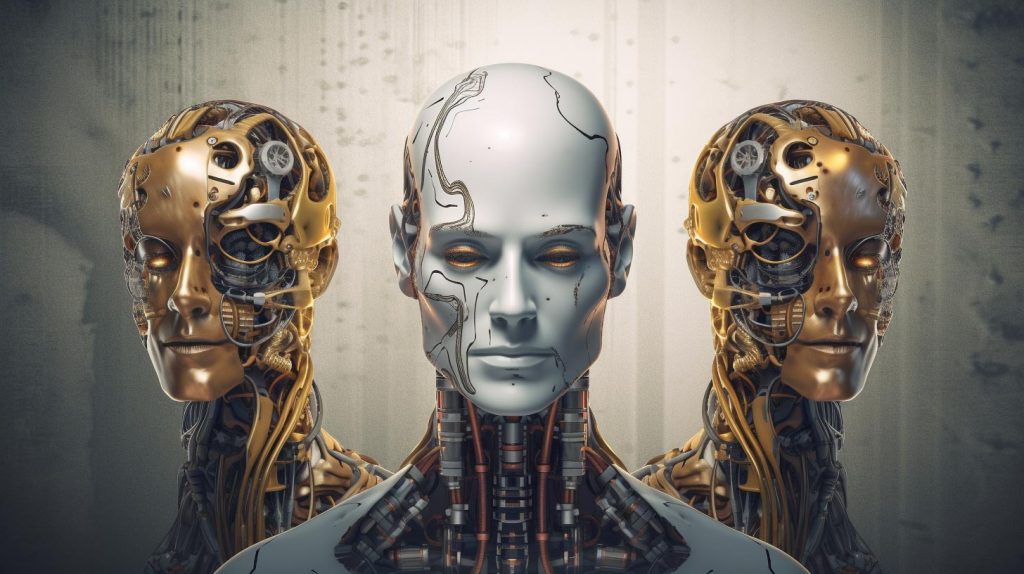In the rapidly evolving landscape of technology, few concepts have garnered as much attention and intrigue as Artificial Intelligence (AI). AI, as a computer system, has the remarkable ability to perform complex tasks that were traditionally exclusive to human minds.
From visual perception and speech recognition to decision-making and language translation, AI has revolutionized numerous industries and continues to push the boundaries of what is possible. In this article, we will delve into the three distinct types of AI: Artificial Narrow Intelligence (ANI), Artificial General Intelligence (AGI), and Artificial Super Intelligence (ASI). By understanding the nuances and capabilities of each type, we can gain a deeper insight into the future of AI.
Artificial Narrow Intelligence (ANI)
Artificial Narrow Intelligence, also known as Narrow AI or Weak AI, represents the current state of AI technology. ANI focuses on specific narrow tasks and possesses a limited range of abilities. Examples of ANI are prevalent in our daily lives, such as voice assistants like Siri or natural language processing systems. These technologies excel in performing predefined tasks but lack the broader cognitive capabilities associated with human intelligence. Although ANI has made significant strides, it is important to recognize that it is just the tip of the AI iceberg.
Artificial General Intelligence (AGI)
Artificial General Intelligence represents the next level of AI sophistication. AGI technology aims to achieve intelligence on par with human cognition. However, due to the complexity of emulating the human brain, AGI remains a concept that is yet to be fully realized. Imagine a world where machines can think and reason at the same level as humans—a scenario akin to Sonny, the robot in the renowned movie “I, Robot.” While AGI is a topic of ongoing research and speculation, there is still much to learn about the intricacies of human intelligence before we can achieve this ambitious goal.
Artificial Super Intelligence (ASI)
As we delve deeper into the realm of AI, we encounter the concept of Artificial Super Intelligence (ASI). ASI represents a theoretical frontier where AI technology surpasses human cognitive capabilities. To be classified as ASI, machines would need to possess abilities that surpass humans in every conceivable way. Not only would they be capable of executing tasks with unmatched precision and speed, but they would also exhibit emotional intelligence and form relationships. While ASI may seem like the stuff of science fiction, it underlines the boundless potential of AI and the questions we face regarding its ethical implications and societal impact.
In conclusion, Artificial Intelligence is a vast field that encompasses different types of AI, each with its own distinct characteristics and potential. From the current state of Artificial Narrow Intelligence (ANI) to the envisioned possibilities of Artificial General Intelligence (AGI) and the theoretical frontier of Artificial Super Intelligence (ASI), AI continues to shape our world and redefine what is achievable. By understanding these types of AI, we can navigate the ever-changing landscape of technology and embrace the transformative power of AI in a responsible and informed manner.

